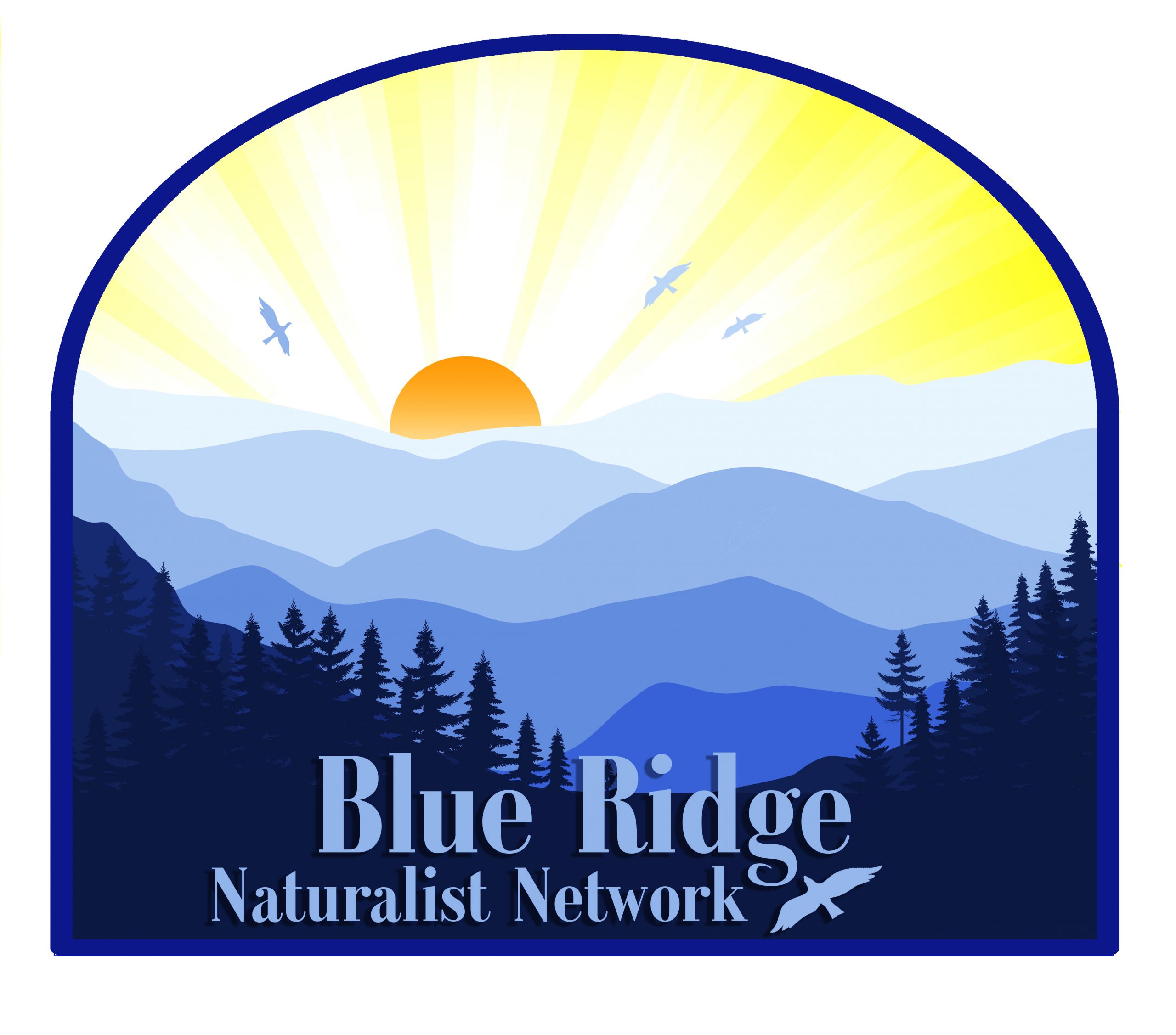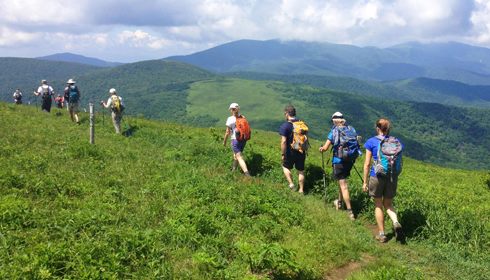The Adaptable Fox and other Canids
by Linda Martinson
Blue Ridge Naturalist
One definition of a fox is “a wolf who sends flowers”. Unlike wolves that are rarely seen but often persecuted or the versatile coyotes, foxes are more solitary and rarely bothered unless they are killing chickens. This may be because they are small and cute; clearly not a threat; and careful not to be seen. Often when a fox sees a person, it freezes and watches curiously for a while looking rather sweet and friendly, i.e., “they send flowers”. Foxes belong to the Canidae family of mammals in the order Carnivora, which also includes domestic dogs, wolves, coyotes, jackals, dingoes, and many other dog-like mammals both extant and extinct.
Read more





